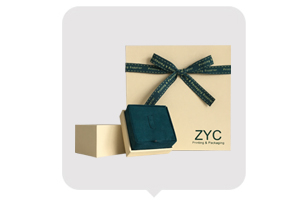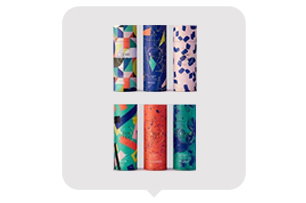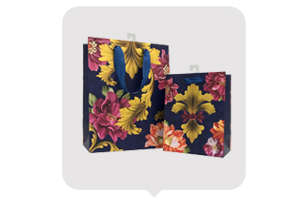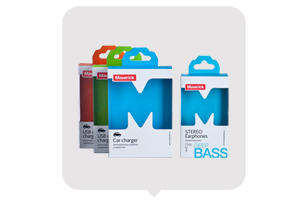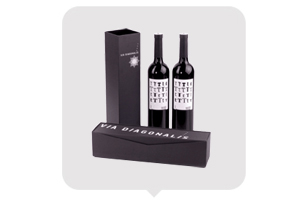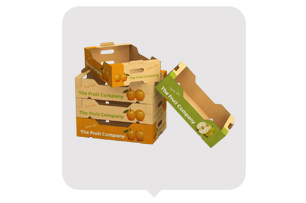With the growing popularity of industrial aesthetics, industrial-style packaging boxes have become a trending choice for product packaging. This article explores
the design characteristics and material selection for creating industrial-style packaging boxes, incorporating the latest design concepts.
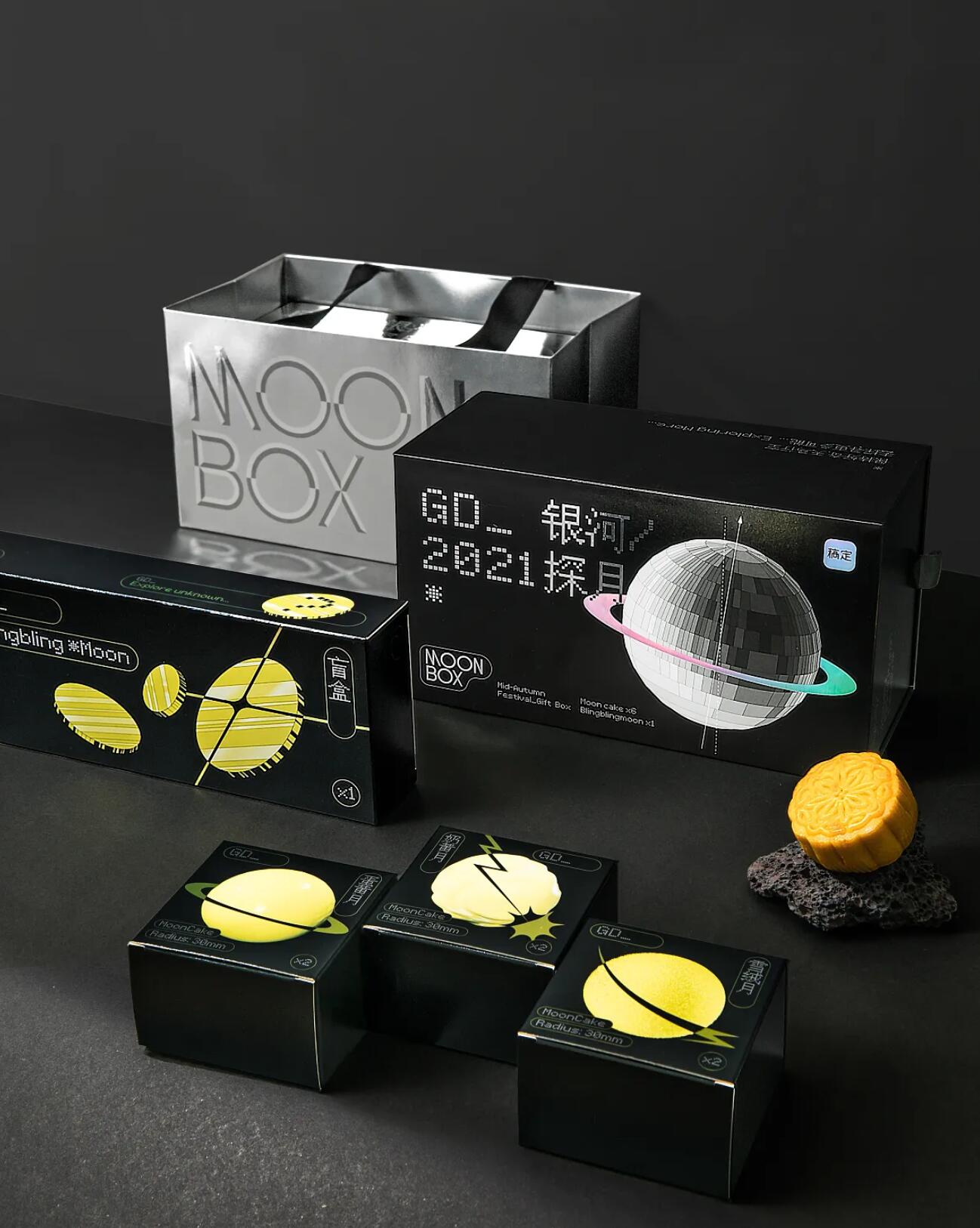
Design Features:
1. Minimalistic Design: Industrial-style packaging boxes emphasize simplicity and minimalism. Clean lines, sharp edges, and geometric shapes are commonly used
to achieve a sleek and modern look.
2. Raw and Unfinished Look: To capture the essence of industrial design, packaging boxes can feature exposed materials, such as untreated wood, metal, or concrete
finishes. These raw and unfinished elements provide a sense of authenticity and ruggedness.
3. Industrial Graphics: Utilizing industrial-themed graphics, such as cogwheels, gears, or technical diagrams, adds visual interest and reinforces the overall theme. These
graphics can be incorporated through printing techniques like embossing, debossing, or screen printing.
4. Contrast and Texture: Industrial-style packaging boxes often incorporate contrasting elements to create visual impact. Combining rough textures with smooth surfaces
or mixing dark and light colors can enhance the industrial vibe and evoke a sense of depth.
Material Selection:
1. Recycled and Sustainable Materials: Opting for eco-friendly materials aligns with the latest design trends and sustainability efforts. Recycled cardboard, Kraft paper, or
biodegradable plastics are popular choices for industrial-style packaging boxes.
2. Metal and Wood: Incorporating metal accents or wooden components can add an industrial feel to packaging boxes. Aluminum, stainless steel, or reclaimed wood can be
used for handles, hinges, or embellishments, providing durability and an authentic industrial touch.
3. Transparent Elements: Including transparent elements, such as acrylic panels or glass windows, can add a contemporary twist to industrial-style packaging. These windows
can showcase the product inside, creating an intriguing visual display.
4. Textured Surfaces: Choosing materials with distinctive textures, like corrugated cardboard or brushed metal, adds tactile interest to the packaging. These textures elevate the
overall design and connect with the industrial theme.
Conclusion:
Designing industrial-style packaging boxes requires a careful balance of minimalism, raw aesthetics, and appropriate material selection. By implementing clean lines, rugged
materials, and industrial graphics, packaging boxes can effectively convey the desired industrial vibe. Remember to choose sustainable materials and incorporate contrasting
textures for added visual impact. Industrial-style packaging not only protects the product but also serves as an extension of its branding and style, providing consumers with a
unique and memorable unboxing experience.
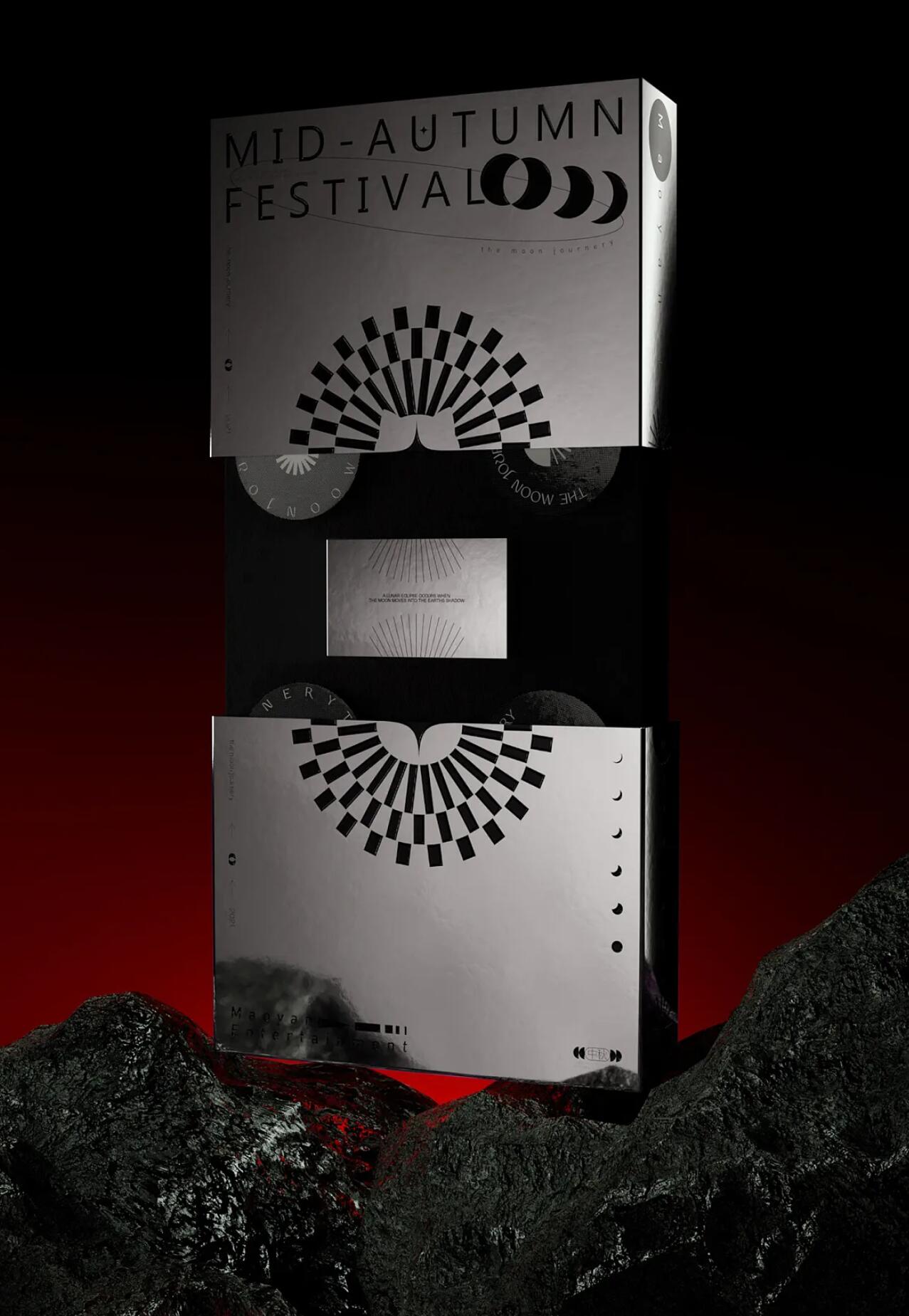
In conclusion, industrial-style packaging boxes offer a modern and visually captivating alternative to traditional packaging. By combining the design elements mentioned and carefully
selecting suitable materials, brands can create packaging that not only appeals to the target audience but also reflects their commitment to sustainability and contemporary aesthetics.
Embracing the industrial design trend in packaging is a promising way to stand out in today's competitive market.
